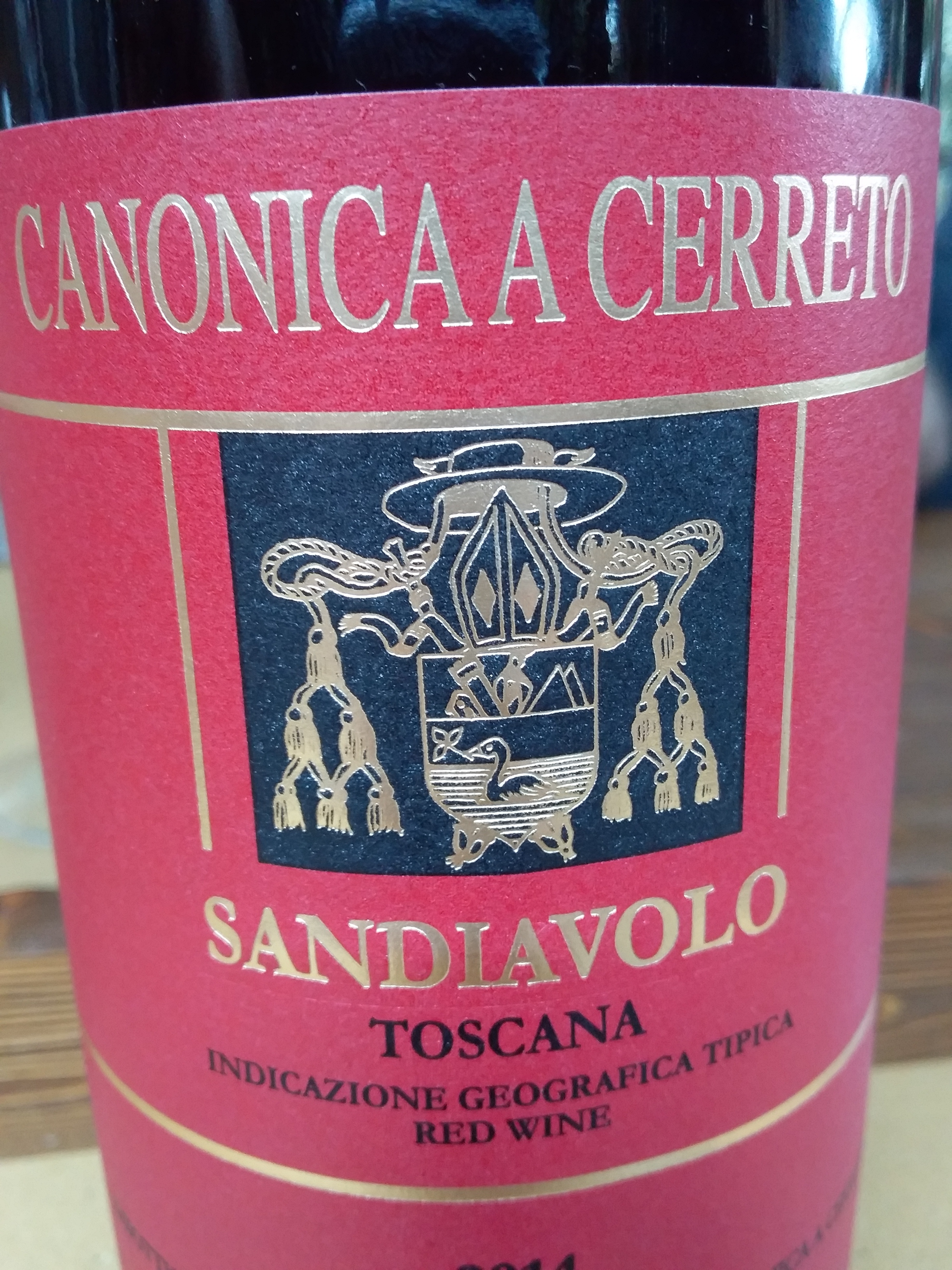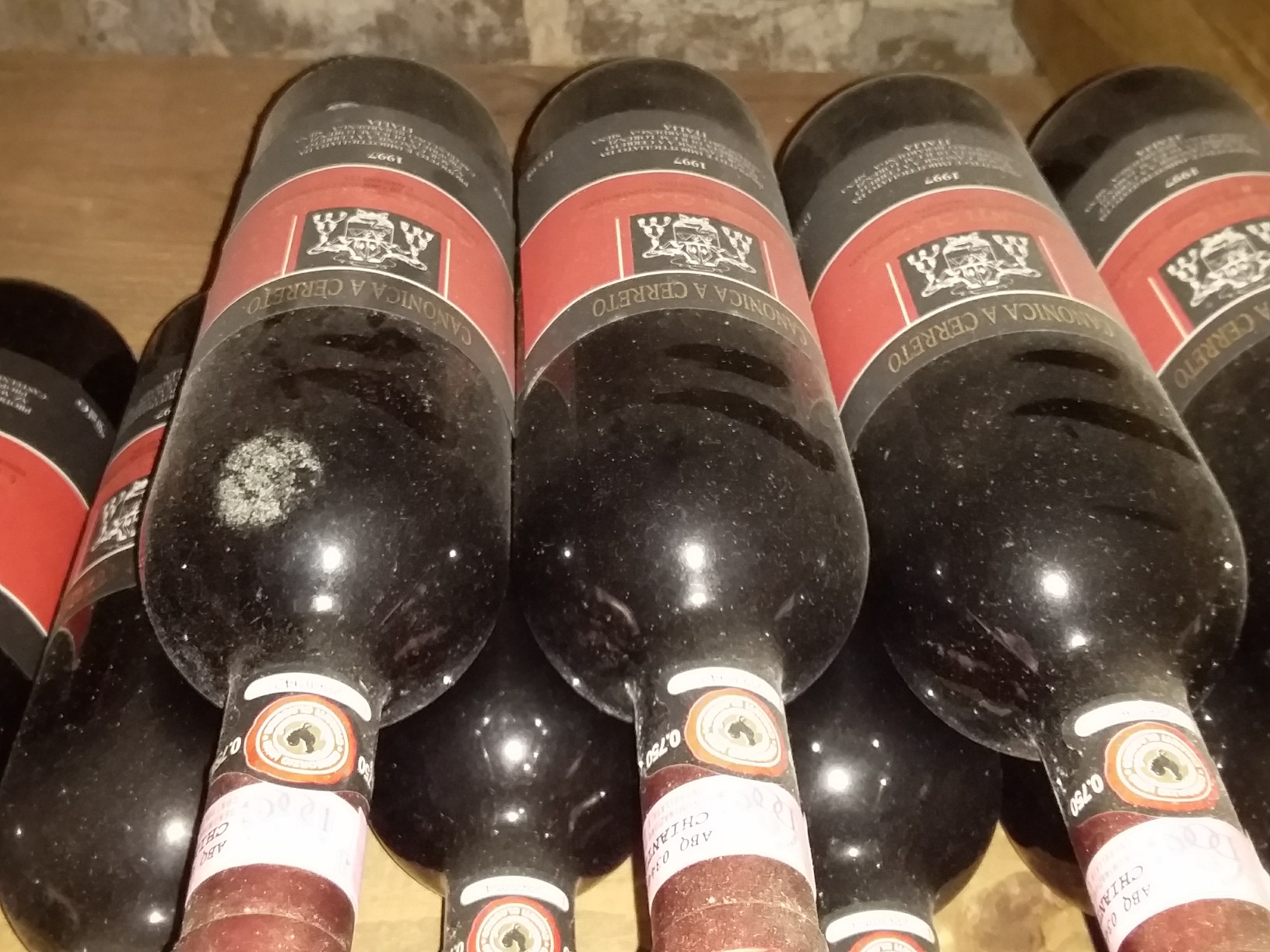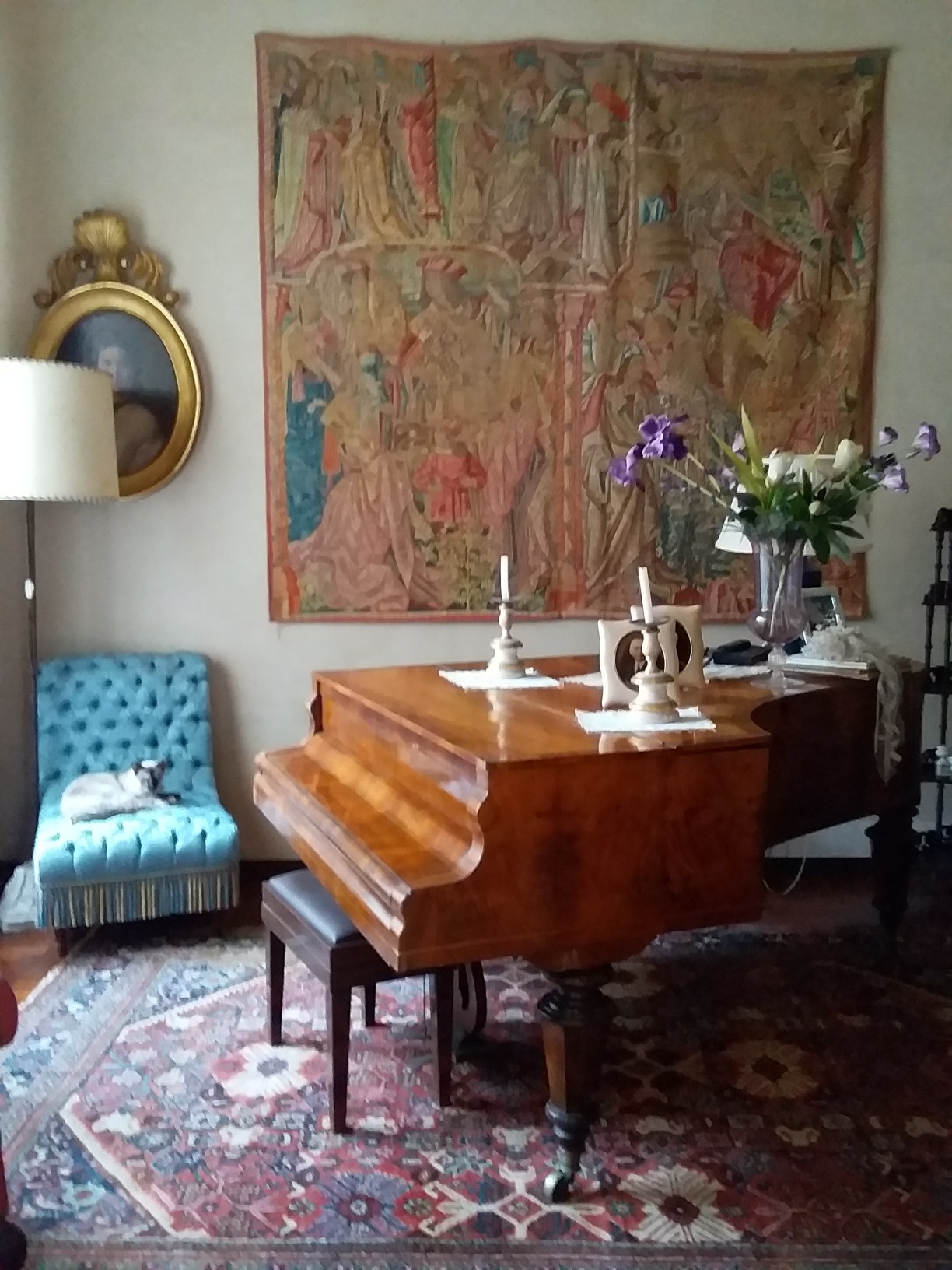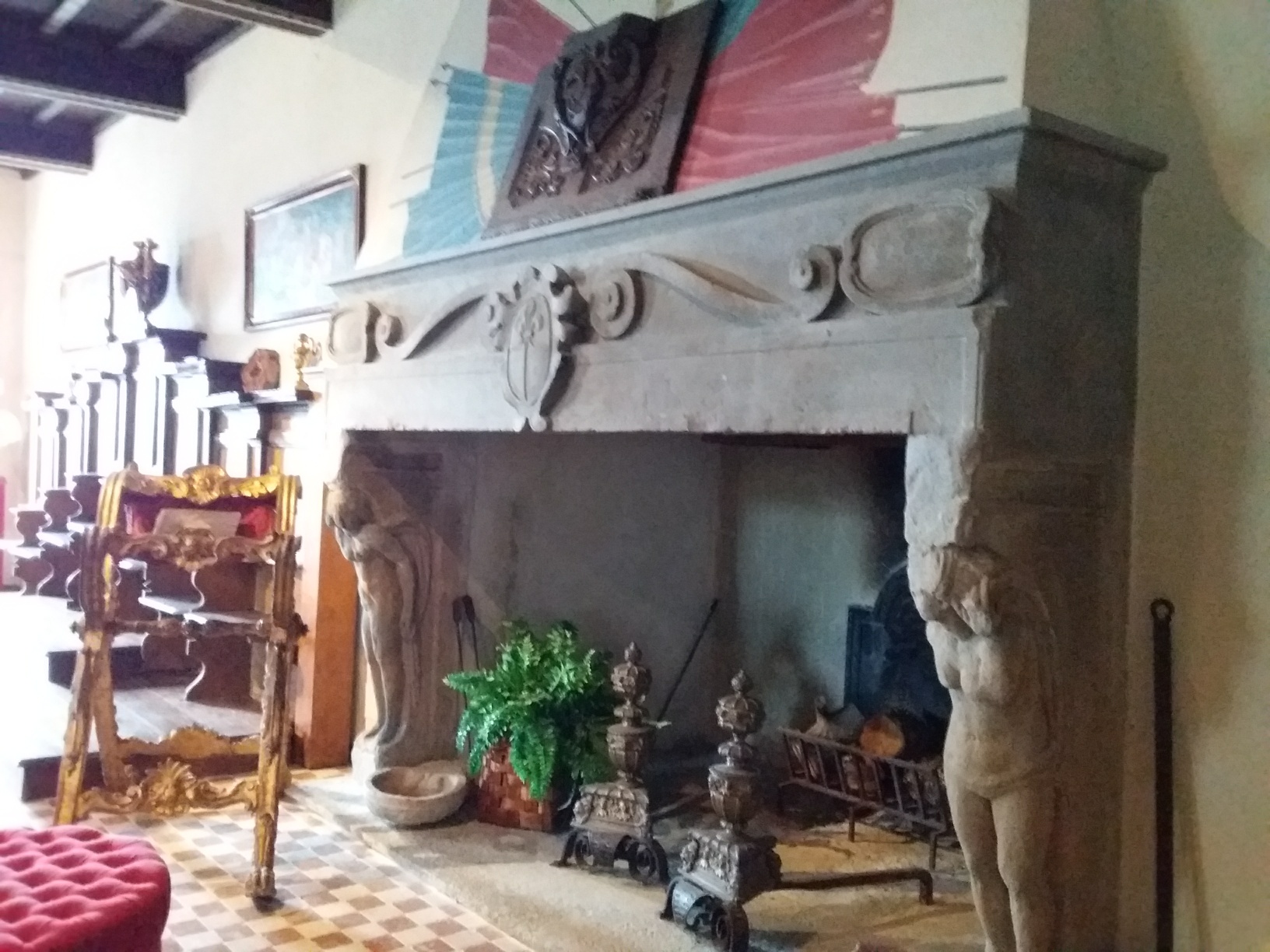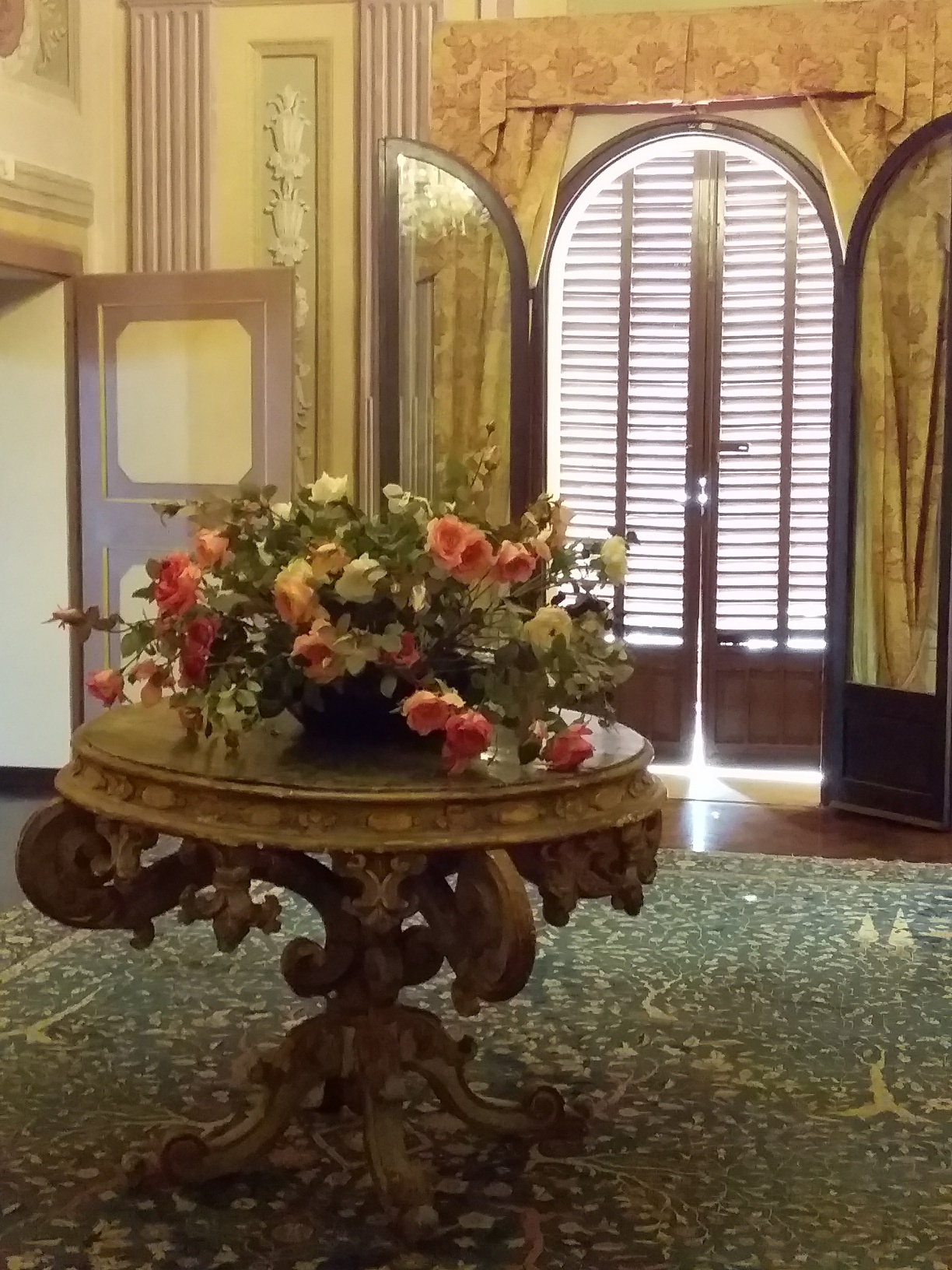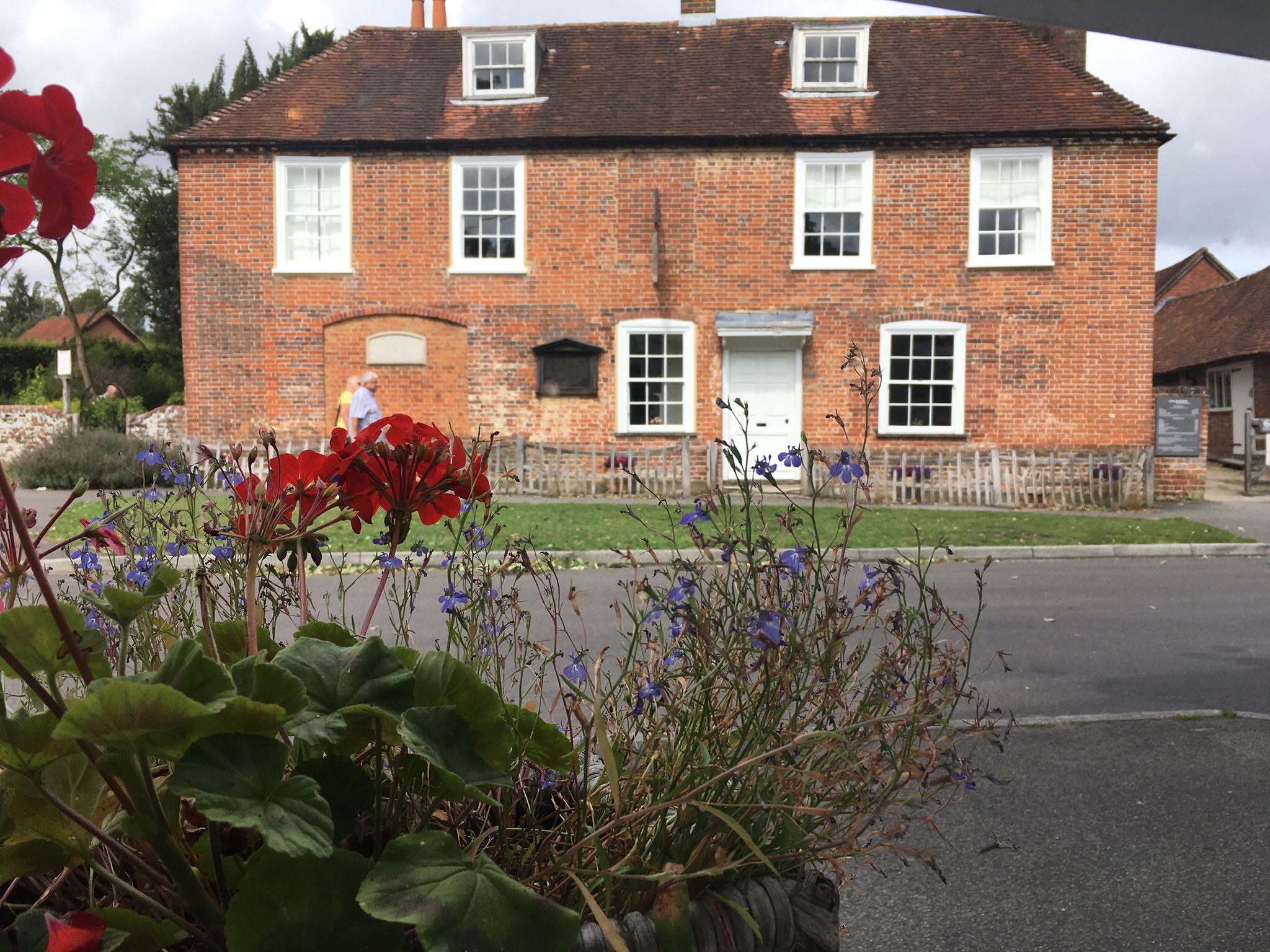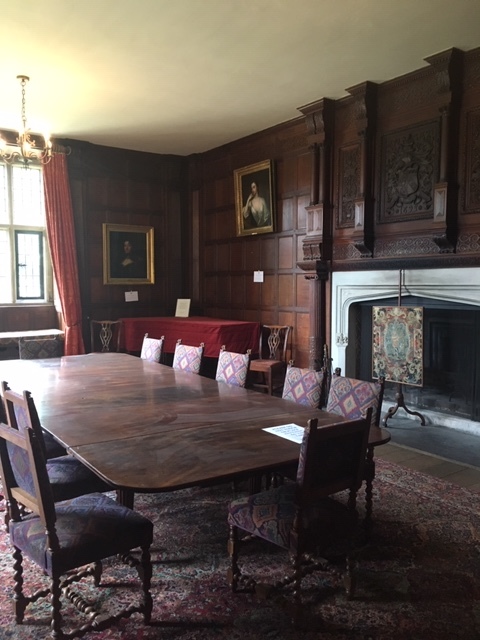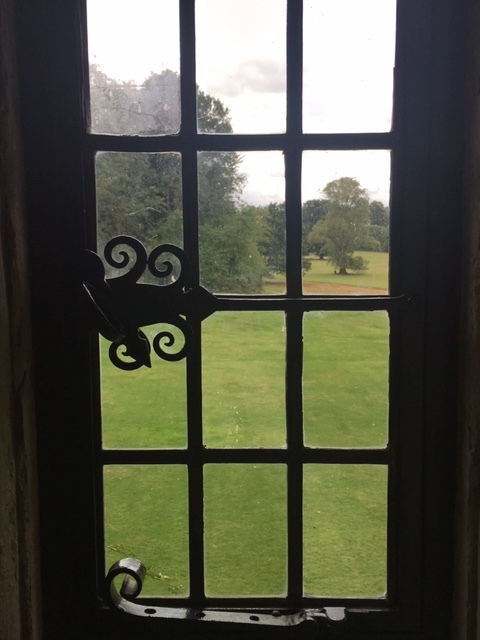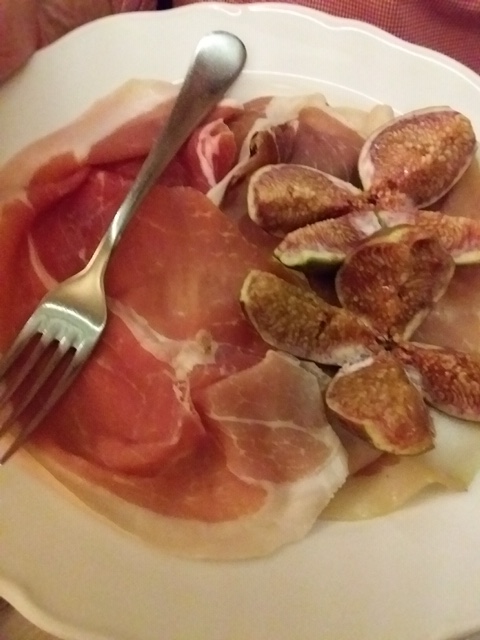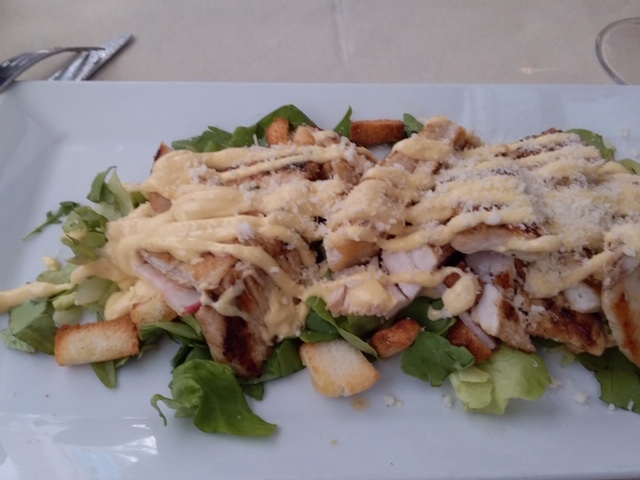A Little News from Two Parts Italy
Our regular Monday post will appear tomorrow, but today we would like to share some news.
When we first began writing this blog, in January 2017, we introduced ourselves by saying, in part, the following:
Neither one of us is Frances Mayes. We don’t have a restored house in Tuscany, nor the resources to believe we ever will. A small apartment there remains an elusive dream. Neither of us has quit a job, waved goodbye to family and friends, and moved full time to Italy. We aren’t wealthy; our travel style is budget-friendly. But spending time in Italy, exploring cities and countrysides, lakes and villas, vineyards and olive groves, volcanoes and towers, has become a passion and an important ingredient in each of our recipes for happiness. If you want to see me (Joanne) happy, give me a small apartment in Lucca, some time in the market buying picture-perfect produce, some freshly baked focaccia, and an hour to cook up a meal for friends. For Judy, just give her spaghetti con vongole and some music in a piazza anywhere in Italy.
Well - some things have changed since we wrote that. We still aren’t Frances Mayes, wealthy, or buying and restoring homes in Italy. But in late 2018, Joanne, who had already retired after years of university teaching, sold her home in New Mexico, packed up, waved goodbye to children, grandchildren, and friends and moved full time to Italy. An apartment in Italy is now a reality and she does indeed shop the markets, buy focaccia, and cook for friends and visitors. She is still pinching herself and saying, “I did it - I moved to Italy!”
Judy, on the other hand, waved goodbye to Joanne back then and remained in Albuquerque working. She still traveled to Italy often, as well as on more exotic adventures like her recent African safari. But that recently changed too. Judy decided to retire early from her job in healthcare government relations, and sold her house - and most of her belongings - to make a move to Italy. She has an apartment in Lucca that she shares with her much-loved companion, Bodhi, a yellow Labrador retriever who also made the trip from New Mexico to Tuscany. She still loves spaghetti con vongole and still finds joy and wonder in the beauty of all things Italian.
We are both excited to be living in Italy and look forward to continuing to share our adventures in Italy and beyond. We love hearing from you, our readers, and appreciate your support and interest in our recipe for happiness: Two Parts Italy.






